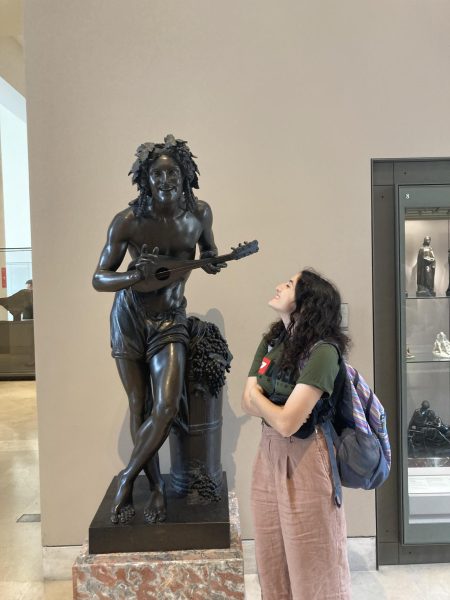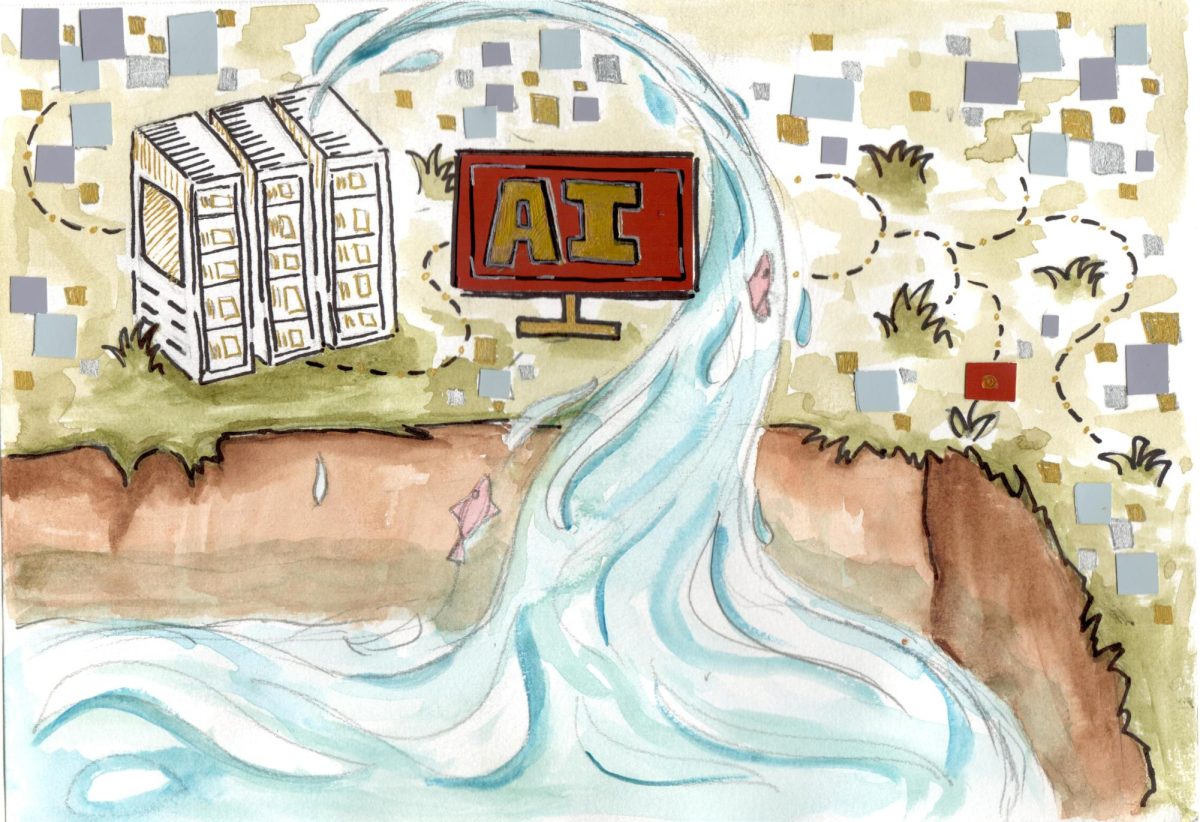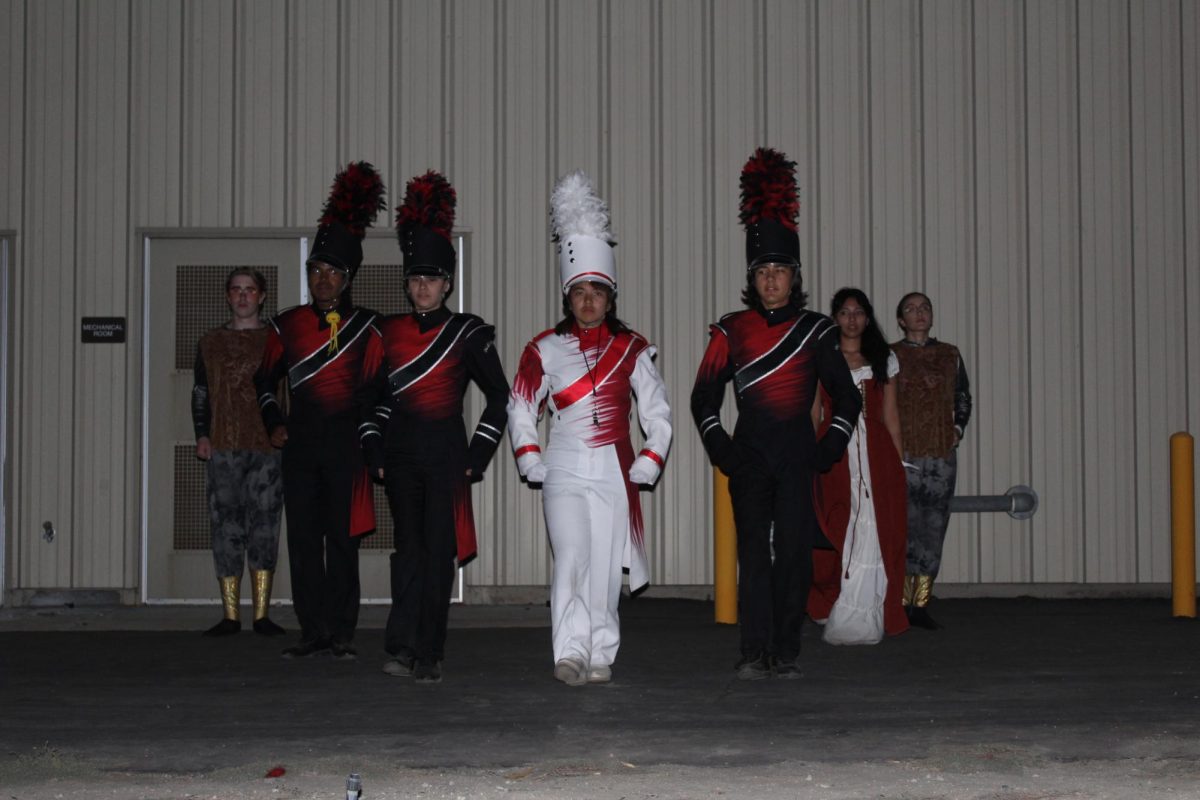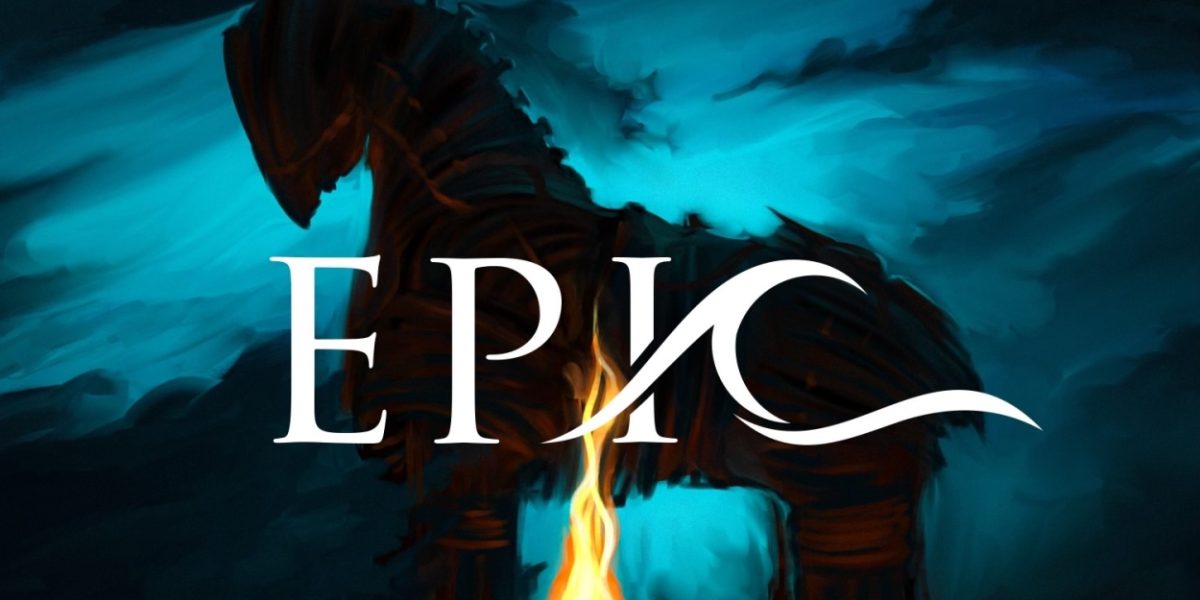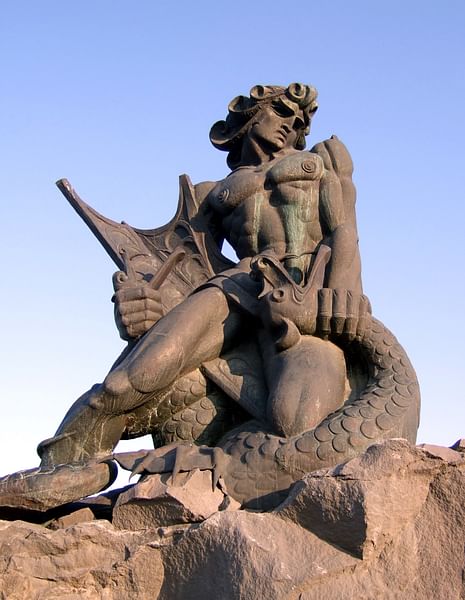
The country of Armenia has been associated with Christianity for centuries, being the first country in history to adopt it as its official religion. However, Armenia’s pagan past has a great influence on many aspects of Armenian culture today. Many words and traditions are derived from its ancient mythology.
Despite this, most Armenians are not familiar with their pagan history, particularly due to the country’s long history with Christianity. This is unfortunate, especially considering how prominent these stories are in current Armenian culture.
One of the main ways that Armenian mythology presents itself today is in the language. The tales that have been passed down through the generations have ingrained themselves in the forms of names and words that we use in our day-to-day lives.
An example of this is in the Armenian term for the Milky Way. According to pagan legend, the god of fire, Vahagn, stole some straw from an Assyrian king one night. His rush to escape caused him to drop some of the straw, forming the Milky Way. This myth is the reason why the Milky Way is called hardagoghi chanaparh or “the straw-thief’s path”.
The names of the gods themselves have also remained a pivotal part of Armenian culture. Common names like Anahit, Aram, and Astghik are directly taken from the pantheon. Similarly, the affectionate term for one’s mother or grandmother “nene,” or “nanna” is derived from the name of the goddess of motherhood, Nane.

Our language isn’t the only aspect of Armenian culture that has been heavily influenced by mythology. Many modern Armenian holidays date back to pagan times. Vardavar is a mischievous water festival that is celebrated ninety-eight days after Easter. This was originally a festival to honor Astghik, the goddess of love, fertility, and water, which is why water is a common element associated with this holiday. Additionally, the ancient Armenian equivalent of the new year, Navasard, is also pagan in origin.
Traditions like trndez, which involves newlyweds leaping over a bonfire, and matagh, which involves feasting on a sacrificial animal, both stem from the worship of ancient gods.
These acts are both commonplace in Armenian society. So then why don’t more people know the reasons they exist?
All of these traditions are commonly assumed to have their roots in Christianity, but like hundreds of other pagan traditions around the world, they were adapted by the Church to fit in with Christian teachings. Several temples dedicated to the pagan gods were destroyed, and many myths were lost to time or intentionally eradicated.
This brings up the larger problem of cultural erasure in general. Christianity is a huge part of Armenian culture, but the history of our language, art, and celebrations should not be forgotten, especially because they are so accepted among our people.
It’s up to the current Armenian people to learn about, and fully appreciate, their history, because it is all around us. So the next time you drench your family with water the morning of Vardavar, or ask your nene for some cash, remember the vibrant and rich pagan history that you’re unknowingly carrying on.





